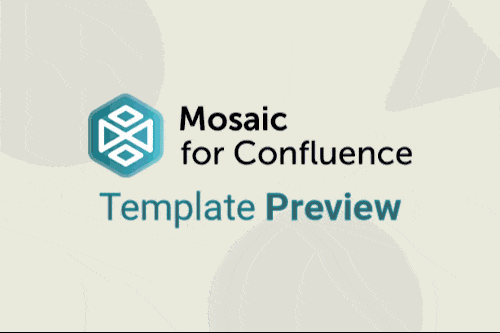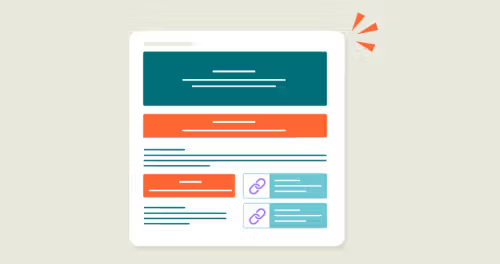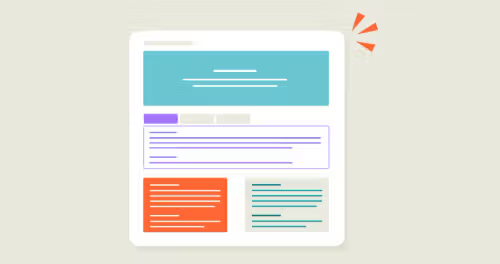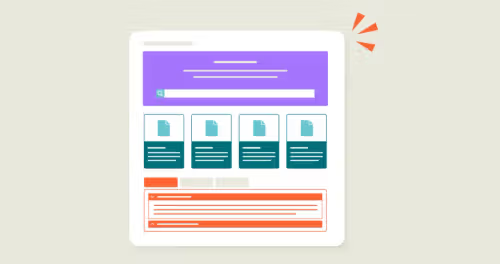Persona snapshot
A good buyer persona starts with a clear snapshot that outlines the basics about your ideal customer. This includes demographic information like job title, industry, and location. Beyond these, it's helpful to add personal touches like an image and a name, so that the team can visualise this person and keep them in mind during their work.


















